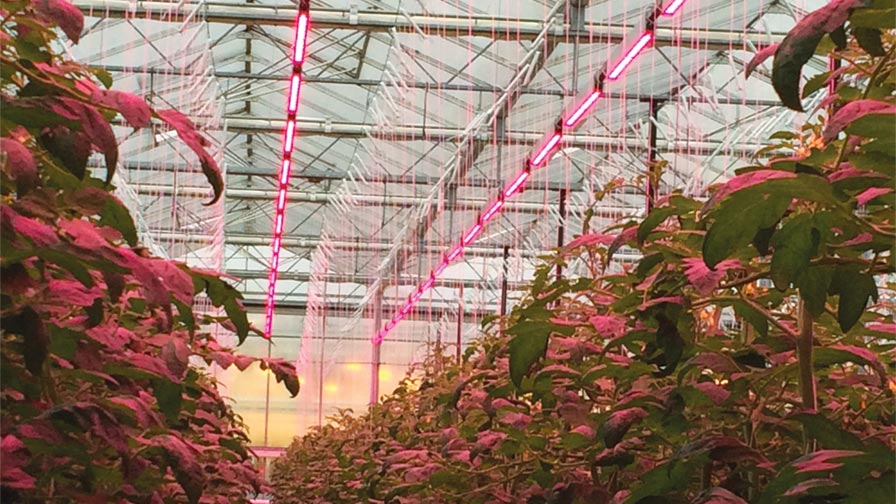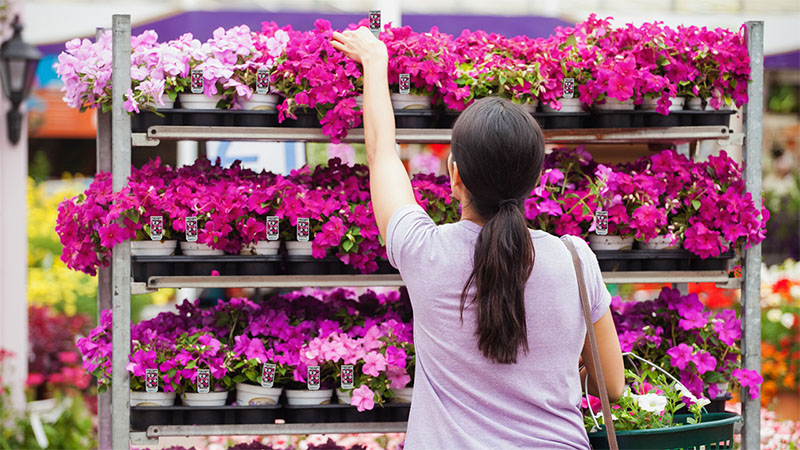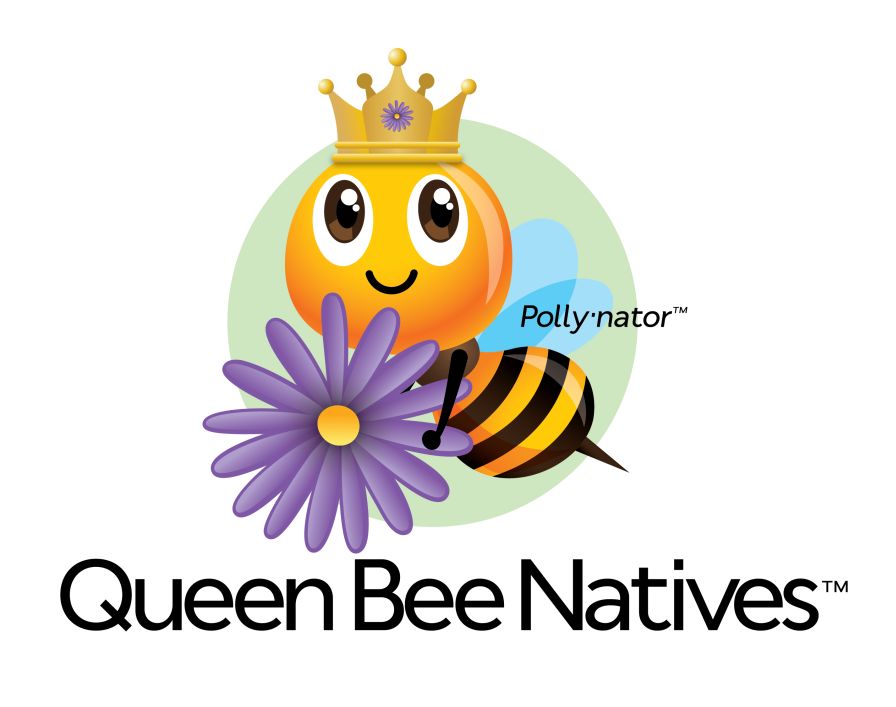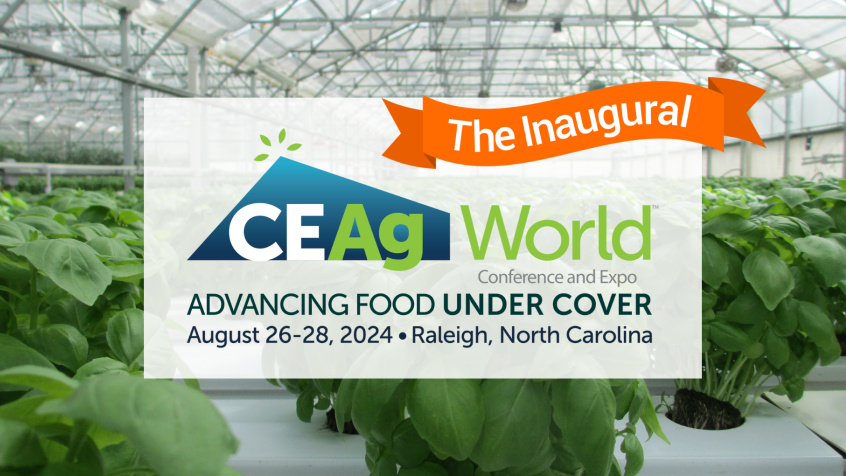How To Determine The Economic Viability Of LED Lighting

Return on investment for LED lighting is different for every grower. Payback calculations for LED lighting are only useful when they apply specifically to your situation.
The technology of light-emitting diodes (LEDs) has developed substantially just in the last few years. Their efficacy (electrical efficiency) continues to increase, while their cost continues to decrease, which is making them more economically viable in the commercial production of plants. As is the case with many new technologies, the return on investment of LEDs is highly situational and so analyses should be performed using realistic values specific to your operation.
Some lighting companies have developed spreadsheets with payback calculations, which are useful, but only when the values and comparisons are appropriate for your situation. While there are many factors that one should consider when determining whether to make an investment for LED lighting, the most important ones are listed below.
1. Fixture Costs
LEDs are usually more expensive than conventional lamps, and realistic costs should be obtained to purchase and install lighting options that deliver the same intensity to the crop, in µmol∙m–2s–1.
2. Efficacy
This is a lamp-specific value for how efficient a lamp converts electricity into photosynthetic light. A lighting manufacturer should be able to provide you with this value in the unit of µmol per Joule (µmol/J or µmol∙J–1). For high-pressure sodium lamps, colleagues at Utah State University and Rutgers University reported values between 0.9 and 1.7 µmol/J, while for LEDs, values for products in 2016 are around 1.7 to 2.5 µmol/J. Lamps with higher values are more efficient.
3. Electricity Rate
The cost of electricity (kWh) varies widely, and I’ve seen prices as low as 5 cents to as high as 24 cents in the U.S. The potential energy savings of LEDs are obviously greater for growers with high electricity rates.
4. Hours Of Lamp Operation
This value also varies widely depending on the lighting application, crops grown, location, and time of year. Values for indoor crops could be as much as 6,000 hours per year, while for greenhouse production of ornamentals, typical values are 1,200 to 1,500 hours per year. Ornamental crops are usually not lighted from around April 1 until production begins again in December or January.
5. Utility Rebates
In some situations, there are incentives to operate more energy-efficient fixtures. Rebates partly offset the investment cost and make LEDs more economically viable.
6. Electrical Supply
If your supply of electricity is a limiting factor, this can sway the economics of LED lighting rather dramatically if installation of a conventional lamp type requires greater electrical supply.
7. Fixture Longevity And Maintenance
Well-made LEDs can last 25,000 to 50,000 hours before their light output decreases below some value (often below 80% of their initial output). Conventional bulbs burn out quicker; for example, incandescents can last 1,000 to 1,500 hours and halogens about twice that long, while high-pressure sodium lights can last 12,000 to 15,000 hours. Estimate the costs to maintain conventional lamps (bulb cost and labor) in your analysis.










